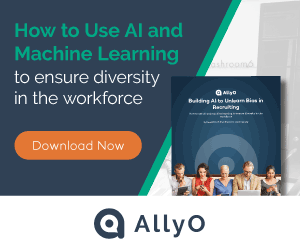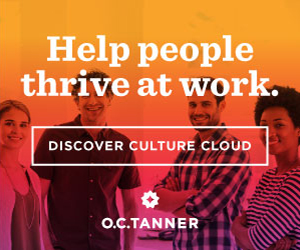HR teams are grappling with the human-to-AI continuum
HR Brew
APRIL 18, 2025
As new AI tools become more sophisticated and as technologists better tune them to the needs of their organizations, HR and business leaders are grappling with new considerations about who or what is doing that work. When you think about AI as technology, youve stepped on a landmine, he said. The human-AI continuum.























































Let's personalize your content